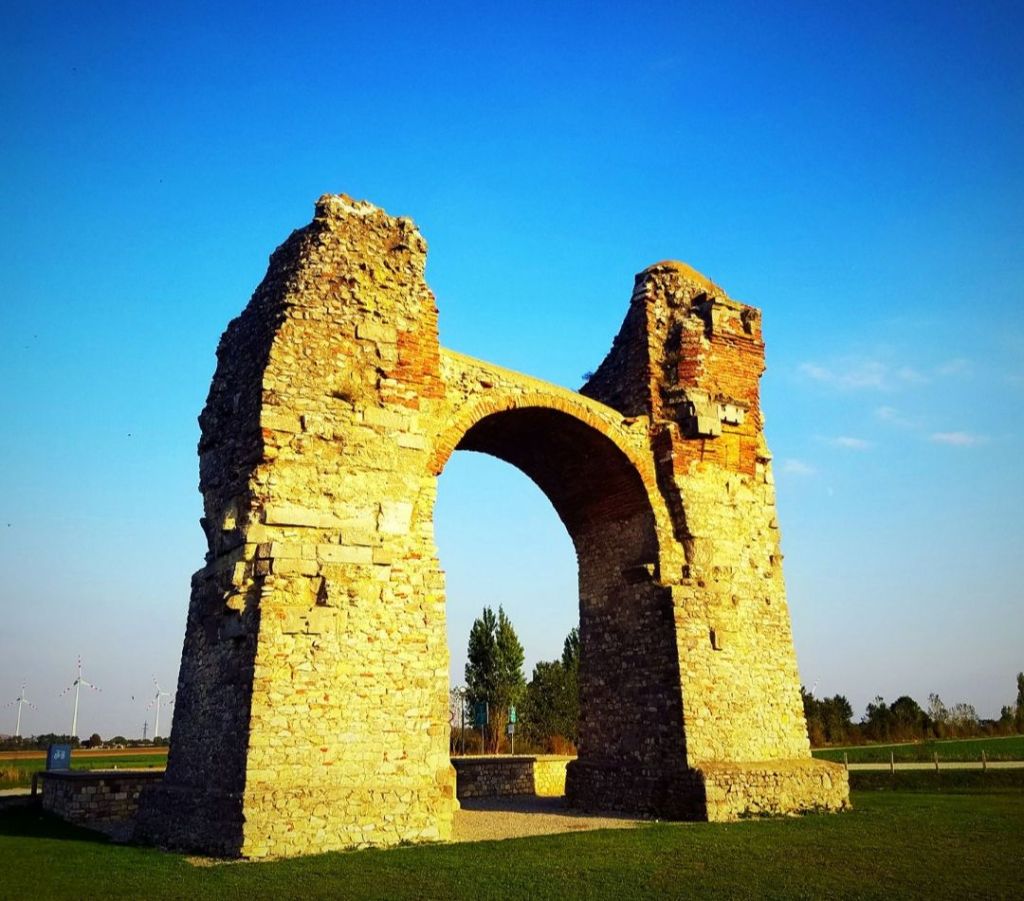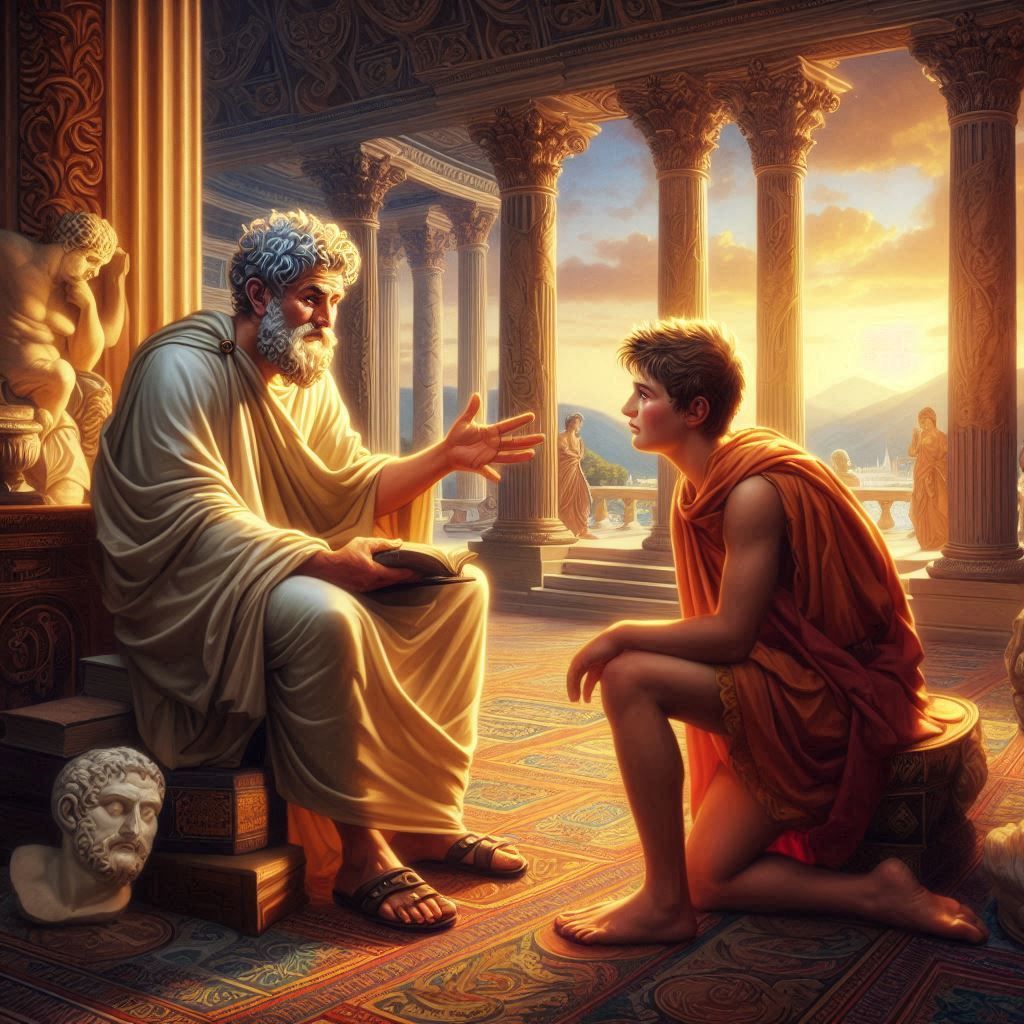Plutarch’s Parallel Lives offers a fascinating glimpse into the life of Theseus, the legendary hero of Athens. More than just a collection of myths, Theseus’s story provides valuable insights into human nature and the complexities of leadership. By examining his triumphs and failures, we can glean timeless wisdom applicable to our own lives and the challenges we face today.
5 Key Lessons from Theseus:
* Embrace Courage and Action: Don’t just dream of goals; actively pursue them with courage and determination. Theseus faced challenges head-on, and that’s a valuable trait for anyone seeking to achieve something significant.
* Unite for a Common Good: Effective leadership involves inspiring others to work towards a shared vision. Theseus unified Attica, demonstrating the power of collaboration and collective action.
* Cultivate Humility and Self-Awareness: Success can easily lead to arrogance. Theseus’s later follies serve as a reminder to always remain grounded and aware of one’s limitations.
* Strive for Virtue, But Acknowledge Imperfections: No one is perfect. Even heroes have flaws. The important thing is to strive for a virtuous life while acknowledging that everyone makes mistakes.
* Strive for Excellence, Not Perfection: Don’t let the pursuit of perfection paralyze you. Focus on continuous improvement and strive to overcome challenges while making a positive impact on the world.
Conclusion:
Theseus’s journey, with its blend of heroic deeds and human flaws, serves as a powerful reminder that true strength lies not in perfection, but in the courage to face challenges, the wisdom to learn from mistakes, and the dedication to strive for a better future for ourselves and those around us. Let us draw inspiration from Theseus’s example, embracing his courage, his vision, and his commitment to a life of purpose and meaning.




